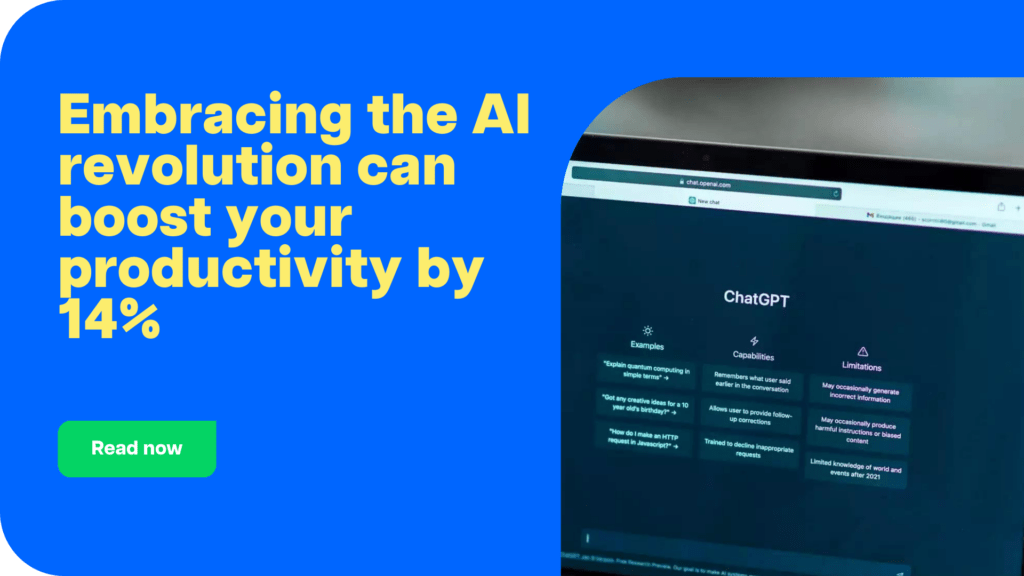Outsourcing has been an important part of many big businesses’ plans since the 1990s. Many businesses have moved operations to places like Brazil, the Philippines, and India in the past to save money on labor costs. These countries now have inexpensive call centers and IT services. Because of this setup, which was made possible by fast data networks, work could be done almost as quickly as if it were done in person, but for a lot less money.
Even though this method has been good for the economy, it has had some problems, such as privacy concerns, cybersecurity risks, and regulatory issues. So, there was a trend of “insourcing,” which means bringing back into the main business tasks that had been outsourced. Recently, artificial intelligence (AI) has begun to have an effect on the outsourcing business. This has led to a new era called “Outsourcing 2.0” and a new way of doing things.
The evolution of outsourcing 2.0
Enhanced capabilities through AI
Outsourcing 2.0 utilizes AI systems to undertake tasks traditionally performed by humans, particularly those that are rule-based and repetitive. These AI systems bring several advantages:
- Increased efficiency: AI operates with superior speed, accuracy, and scalability.
- Continuous Improvement: Many AI systems feature built-in learning capabilities that enhance their performance over time.
- Advanced communication: Utilizing natural language processing (NLP), AI enables intuitive interaction between machines and human employees.
- Robust security: AI’s advanced security features ensure that sensitive data remains protected.
- Operational availability: Unlike human counterparts, AI systems can function continuously, operating 24/7 without breaks.

Statistical insights and market trends
AI and related technologies have the potential to automate processes that presently take up 60% to 70% of people’ time, according to a McKinsey & Co. analysis. This noteworthy figure highlights AI’s enormous potential to completely transform the workplace. Furthermore, AI is being more widely used across businesses. According to a McKinsey report from 2022, 50% of firms are currently utilizing AI, a significant rise from just 20% in 2017. According to these firms, from 1.9 in 2018 to 3.8 in 2022, the average amount of AI capabilities they deploy has doubled.
The ramifications for the economy are similarly astounding. According to International Data Corporation (IDC) projections, from 2022 to 2027, spending on AI software is expected to increase at a compound annual growth rate (CAGR) of more than 30%, with a potential market value of $251 billion. This surge is best illustrated by the quick ascent of generative AI platforms, such as OpenAI’s ChatGPT, which saw a spike from 0 to 100 million weekly active users very long after launch.
Practical applications and industry adoption
The application of AI in outsourcing has the potential to assist almost every industry, including commercial services, retail, and manufacturing. This broad application is being driven by the development of AI skills like machine learning, natural language processing, computer vision, and pattern recognition. These advancements allow AI to tackle ever-more complicated jobs like data analytics, chatbot customer care, and personalized recommendation systems.
Strategic implementation of AI in business
For organizations eager to leverage AI for outsourcing, it is crucial to conduct a thorough assessment of their current operations and future needs. Key considerations include:
- Task allocation: Deciding which processes should be automated and which should remain human-driven.
- Workforce development: Reskilling employees to work alongside AI, minimizing impact on morale and culture.
- Technology investments: Determining the necessary software and hardware upgrades, expected ROI, and time to break even.
- Risk management: Addressing concerns related to data privacy, algorithm bias, and model accuracy.
- Governance: Establishing a robust framework to oversee AI implementations.
Conclusion
Organizational structures are changing from classic pyramid models to more diamond-shaped ones as a result of the transition towards AI-driven outsourcing. This shift represents a redistribution of responsibilities, with workers being reassigned to more specialized, creative, and decision-making roles while mundane tasks are automated. This structural evolution improves an organization’s ability to innovate and be agile while also optimizing operational efficiency.
As artificial intelligence (AI) develops, its incorporation into outsourcing tactics will transform not only the type of work done but also who performs it and where. Both opportunities and problems arise from this paradigm shift, and companies who can successfully manage this change will probably become leaders in the emerging digital economy.


